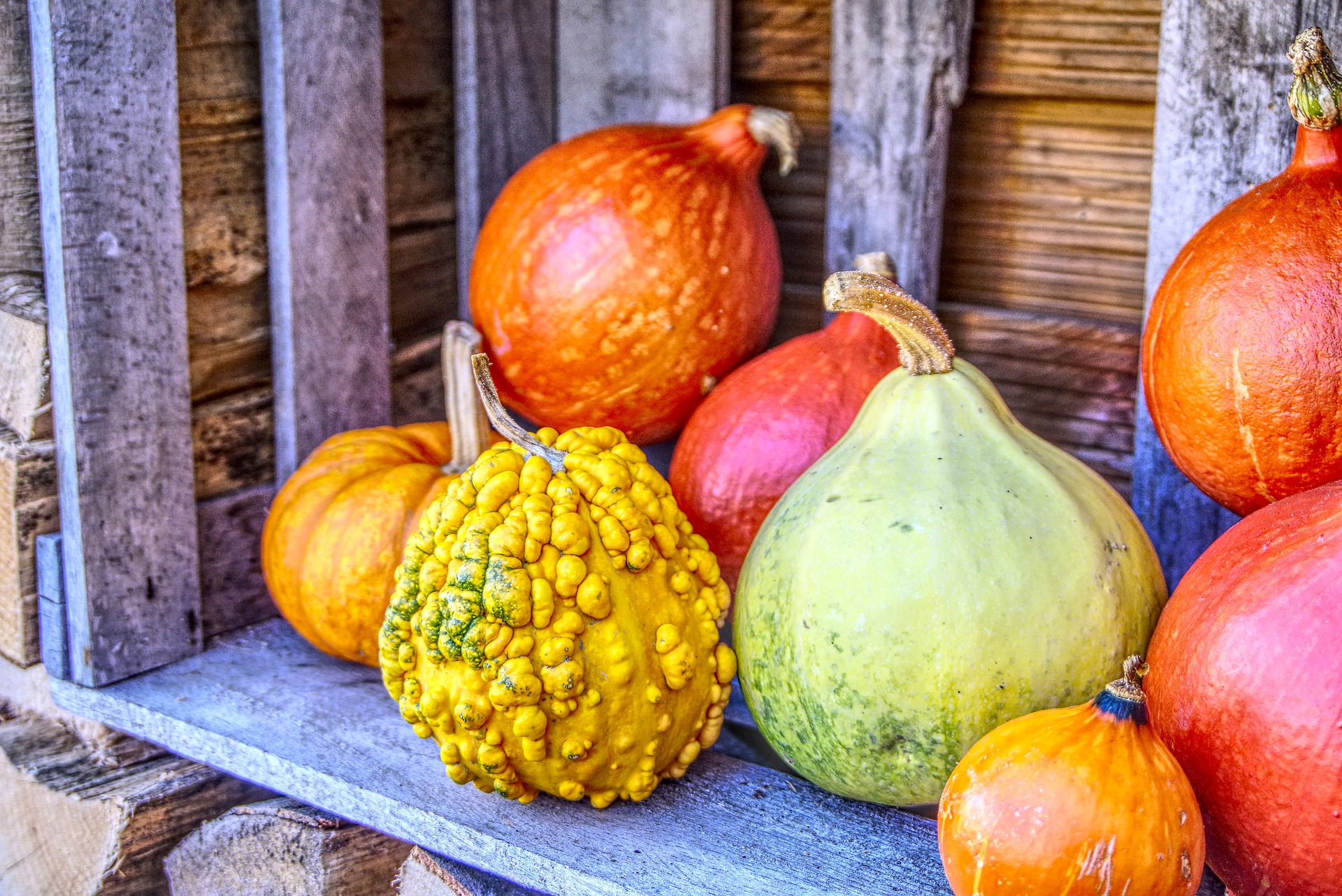Follow this garden checklist and you won’t forget all those important garden tasks and projects.
The motto for October (and all other fall months) should be “do everything possible this fall rather than putting it off until spring”. This is especially true of all planting, for there are very few things which may not be planted just as well in the fall as in the spring.
“Fall is for Planting” Ornamentals
-
-
SPRING FLOWERING BULBS
- Select spring flowering bulbs as soon as they arrive in the garden centers. This is a case when the early bird can get the worm. If you select your bulbs early, you will get the best.
- When selecting bulbs from the open bins look for firm undamaged bulbs without any nicks, soft spots or mold.
- After the soil has cooled plant chionodoxa (glory-of-the-snow), crocus, daffodil, scilla and other small bulbs of spring.
- Caution: do not plant lilies until mid-November; do not plant tulips before November 15th, preferably December 1st.
- Buy tulip bulbs early for best selection and put them in a cool, dark place such as the hydrator in your refrigerator for 3 – 4 weeks. Tulip bulbs do much better in the Spring if they have experienced winterizing-like conditioning – even if it is in the fall.
- Improve the drainage of clay soils by adding plenty of leaf mold, pea gravel or sand to the soil mix before filling in a planting hole.
-
-
-
PERENNIALS
- Plant daylilies early in the month.
- Plant Shasta daisies, Siberian iris, peonies, and phlox.
- For instant color in your pots and flowerbeds, now is the best time to find the greatest selection of mums. Tip: chose plants that are fully budded but with just a few blooms open – they will last longer. Also remember to water your plants regularly to extend their blooms.
- In late October you can start replacing spent annuals with winter hardy pansies and ornamental cabbage.
-
SEEDS
- Sow hardy annuals, such as snapdragons, cornflower, coreopsis, California-poppies, and others.
-
-
-
TREES + SHRUBS
- Fall is the best time to plant trees and shrubs. Gives them time to get established before our hot summers.
-
-
-
COOL SEASON GRASS LAWNS
- bluegrass, turf type rye grasses, fine leaf fescue.
-
Maintenance
-
PRUNING + FERTILIZING
-
- Do NOT fertilize or prune shrubs. Late season nitrogen or new growth can reduce winter hardiness as there is insufficient time to develop cold hardiness.
-
DIVIDING
- This is a good time to divide and replant daylilies, irises, yarrow, phlox, Rudbeckia, hostas, and others.
- Siberian or Japanese irises can be divided in spring or fall when two months of temperatures below 90O F can be assured.
-
PESTS
-
- Check needled evergreens for bagworms. Removing them now will prevent re-infestation next spring.
-
WEEDING
-
- Pull and trash any annual weeds, such as ragweed, nut sedge, creeping charlie, foxtail, or crab grass that went to seed in some neglected corner. These seeds live for years if allowed to reach the soil and get spaded under. Do not put into a compost pile.
Vegetables & Herbs
- Pot up herbs and take inside.
- Start window boxes of herb such as basil, chives and parsley. Leaf lettuce and cherry tomatoes can also be grown indoors for winter harvest.
- It is easy to let down your guard on pest control – do not. If you want to keep tomatoes and cucumbers producing until frost, keep up the fungicide and insecticide sprays.
- Tend to the strawberry bed. Remove weeds and fertilize as the plants are forming next spring’s flower buds now. Also, water if October rains are lacking.
- It may seem warm for planting fall vegetables early in the month; however, October is actually a bit later than optimal for planting most fall crops. Give yourself until mid-month to plant things like spinach, most cabbages, collards and other leafy greens. Radishes will also do well as they are ready to harvest in only about thirty days.
Lawn
- Fall is the best time to core aerate the lawn. Aerate before fertilizing or reseeding.
- This is the time to reseed bare spots in fescue and bluegrass lawns.
- Use slow-release fertilizers on fescue and bluegrass lawns to reduce risk of nutrient run-off. Grass roots continue to grow until soil temperature falls below 40OF (early December usually).
Other
- You may want to stop dead-heading coneflowers, sun flowers, and Black-eyed Susan in order to leave the seed heads for the birds to enjoy.
- Don’t take down hummingbird feeders down when the resident birds disappear. There may be millions of other humming birds north of your backyard that will be passing through and will stop to recharge. Leave them up until at least November 1st for the stragglers.
- Move house plants indoors before temperatures drop below 50°F. Check for signs of insects and treat. Rinse off foliage, removed dead leaves and cut back long stems.
- This is a good time to cut flowers for drying. Good candidates for air drying include celosia, yarrow, statice, globe amaranth, strawflowers, goldenrod, and grasses.
- Fall is a good time to start a new compost pile. You can build a compost bin or simply pile all that yard waste in a corner.
